- Home
- Government
- Awards and Honors
Awards and Honors
The 10 Safest Cities in Delaware — 2016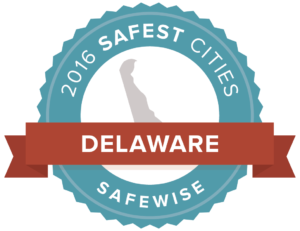
Delaware is the second-smallest state in the U.S. — but it’s an undeniable powerhouse when it comes to business. In fact, due in part to its pro-business climate, more than 50% of the country’s publicly traded companies and nearly two-thirds of all Fortune 500 companies are incorporated in Delaware. The First State also boasts 381 miles of stunning shoreline, dozens of quaint towns, and a relaxed vibe. Add in the fact that the number of reported crimes in Delaware has steadily decreased over the last several years, and it’s easy to understand why its population is growing faster than most other states.
Everything North DelaWHERE Downtown/Main Street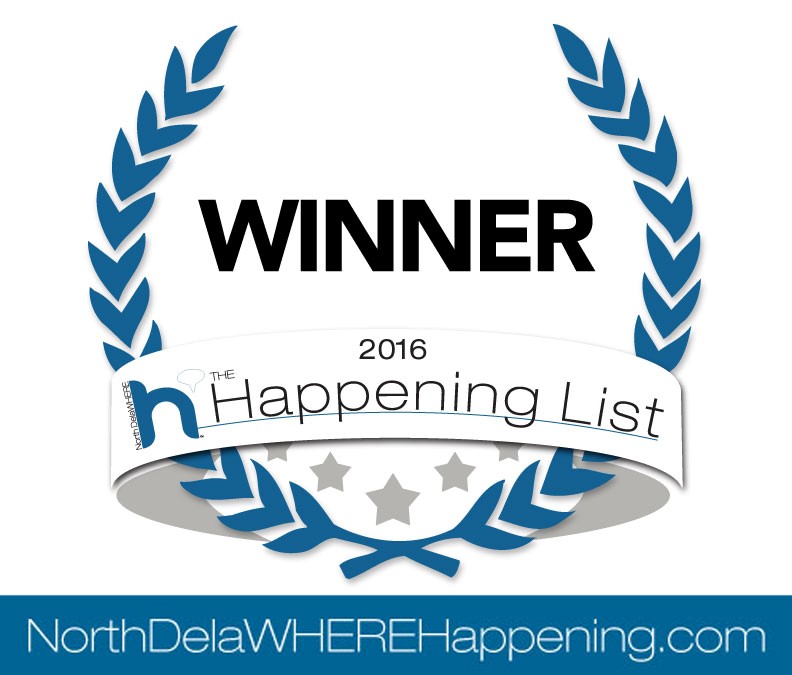
From Smyrna to Claymont, Hockessin to Delaware City, and all points in between, hundreds of local North Delaware businesses, people, places, events and organizations were nominated for the 2016 Happening List awards. Nominations opened in January 2016 and locals had the chance to vote for their favorite Nominees from Friday, January 15, 2016 until Tuesday, March 1, 2016. Centric to New Castle County, the 2016 Happening List contest features 13 primary groups and 260+ localized people’s choice categories. Groups include Beauty, Wellness, Everything North DelaWHERE, Food, Drink, Home, Kids, People, Pets, Places, Retail, Services and Wedding. More than 90 new categories have been added in 2016. View the complete results here.
TOP 100 SMALL CITIES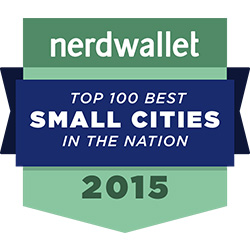
Goldilocks wasn’t the only one searching for something that’s “just right.” When looking for a place to live, many Americans want a location that isn’t too big or too small.
If urban centers such as New York and Los Angeles are overwhelming and rural towns are too sleepy, there are many small cities across the U.S. that could be the perfect fit.
NerdWallet crunched the numbers to find the best small cities in America — places that hit the mark in three key areas: economic health, affordability and quality of life. To do this, we looked at over 1,300 cities with less than 75,000 residents and used data from the U.S. Census Bureau’s American Community Survey.
BIKE FRIENDLY COMMUNITY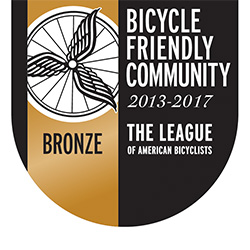
The Bicycle Friendly Community (BFC) program provides a roadmap to improve conditions for bicycling and the guidance to make your distinct vision for a better, bikeable community a reality.
A BFC welcomes bicyclists by providing safe accommodations for bicycling and encouraging people to bike for transportation and recreation. Making bicycling safe and convenient are keys to improving public health, reducing traffic congestion, improving air quality and improving quality of life.
BIKE FRIENDLY BUSINESS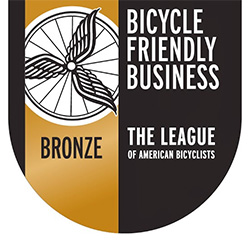
Bikes are good for businesses and their employees. Through our Bicycle Friendly Business (BFB?) program, employers are recognized for their efforts to encourage a more welcoming atmosphere for bicycling employees, customers, and the community.
Awarded businesses are recognized in a national press release, through the League's social media, and on our interactive awards map. Deserving businesses are recognized at the Bronze, Silver, Gold and Platinum levels and all applicants receive valuable feedback and assistance in becoming more welcoming to bicycling.
DE H.E.A.L COMMUNITY: GOLD AWARD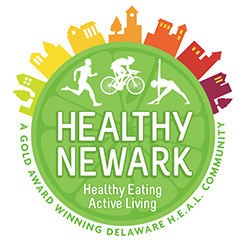
For championing the health and well-being of their communities, five Delaware municipalities last night received the Delaware Recognition for Community Health Promotion from Governor Jack Markell. The ceremony was held at the Sewell C. Biggs Museum in downtown Dover.
The Governor’s Council on Health Promotion and Disease Prevention and the Delaware Coalition for Healthy Eating and Active Living (DE HEAL) recognized the cities of Dover, Newark and Seaford and the towns of Fenwick Island and Smyrna.
Municipal applications were scored based on self-reported assessments of efforts to enhance access to services, encourage positive behavioral changes and improve community health. Healthy efforts demonstrate effective planning and implementing best practices and/or creative and visionary programs to improve physical activity, nutrition/healthy eating, tobacco-free lifestyles, healthy environments and healthy lifestyles and to integrate the needs of individuals with limited mobility and disabilities in neighborhoods, schools and workplaces.
WILDLIFE COMMUNITY HABITAT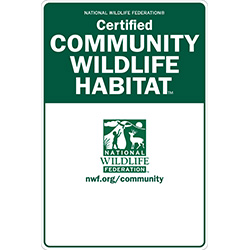
The National Wildlife Federation’s (NWF) Community Wildlife Habitat program empowers citizen leaders to take action for wildlife in their own communities. The program provides these leaders with a framework to restore wildlife habitat and educate and engage community members while working to attain NWF’s esteemed certification as a wildlife-friendly community.
Communities of all sizes are encourage to apply. We work with large cities and counties as well as small towns and neighborhoods.
To achieve certification through the National Wildlife Federation’s Community Wildlife Habitat program, you must meet two sets of goals. First, a certain number of homes, schools and common areas must become NWF Certified Wildlife Habitats by providing the 4 basic elements that all wildlife need: food, water, cover and places to raise young. The NWF Certified Wildlife Habitat program also requires sustainable gardening practices such as using rain barrels, reducing water usage, removing invasive plants, using native plants and eliminating pesticides. These requirements are based on population and you can read more here.
GREAT AMERICAN MAIN STREET AWARD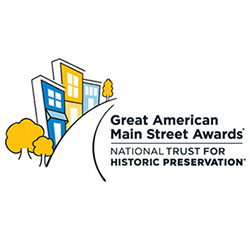
Since 1995, 55 American communities have earned Great American Main Street Awards for their successful preservation-based downtown revivals.
We all know where our Main Streets are, but do we know what they are and why they matter? Whether they are named First Avenue or Water Street or Martin Luther King Boulevard, what they represent is universal. Main Streets are the traditional center for social, cultural, and economic activity for their communities. They are the big stage, the core of the community. Our Main Streets tell us who we are and who we were, and how the past has shaped us. We do not go to bland suburbs or enclosed shopping malls to learn about our past, explore our culture, or discover our identity. Our Main Streets are the places of shared memory where the entire community still comes together to live, work, and play.